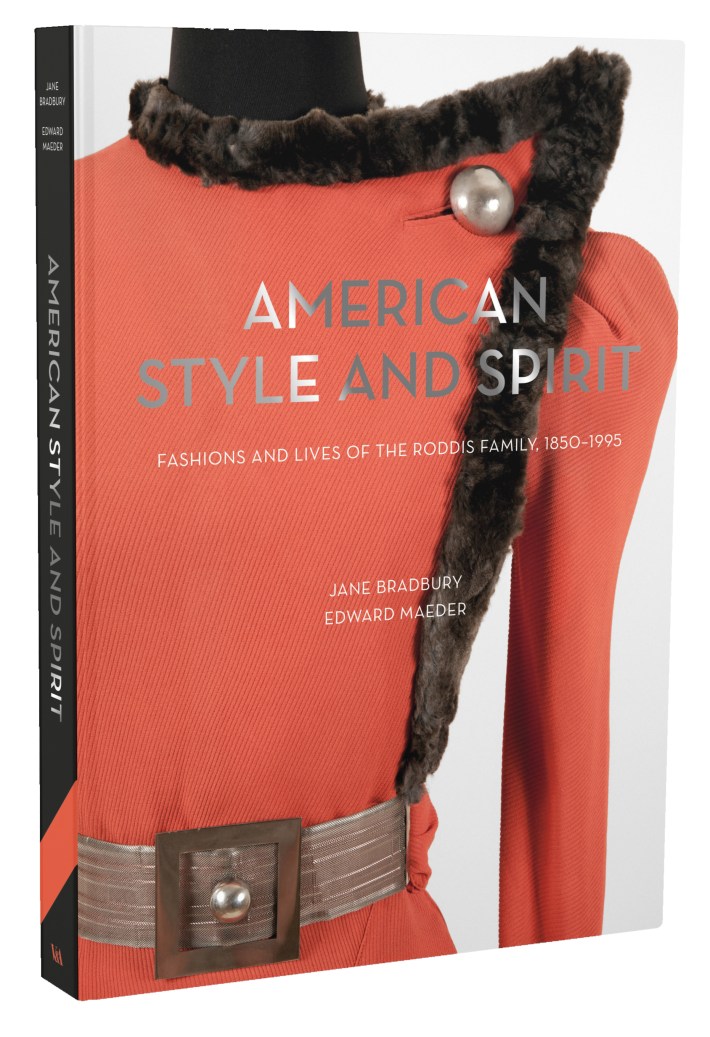 As a young child, I delighted in playing dress up in my mother’s crushed red velvet dress. It is only today as an adult that I can now fully appreciate its intrinsic value. Not only was this prized childhood treasure a 1930s evening gown, but interwoven into this exquisitely crafted garment was an important and cherished piece of my family’s history–and heart. The dress was given to my mother in the 1970s by her brother Jay who, as a rising star in the 1980s New York art scene, traded one of his coveted paintings for it. The significance of this gift to my mother is compounded by the fact that my beloved uncle died when I was only three years old. I never knew him and yet, when my mother told me the dress’ origin story, it suddenly became more than just a dress. Thus is the transformative power of clothing.
As a young child, I delighted in playing dress up in my mother’s crushed red velvet dress. It is only today as an adult that I can now fully appreciate its intrinsic value. Not only was this prized childhood treasure a 1930s evening gown, but interwoven into this exquisitely crafted garment was an important and cherished piece of my family’s history–and heart. The dress was given to my mother in the 1970s by her brother Jay who, as a rising star in the 1980s New York art scene, traded one of his coveted paintings for it. The significance of this gift to my mother is compounded by the fact that my beloved uncle died when I was only three years old. I never knew him and yet, when my mother told me the dress’ origin story, it suddenly became more than just a dress. Thus is the transformative power of clothing.

Now take my one family dress, multiple it by two hundred, and you have the Roddis Collection, a historic treasure trove of garments and accessories dating from the 1850s to the 1990s from the family of Jane Bradbury. As a young girl, Jane would travel to see her aunt Augusta Roddis every summer at her home in Marshfield Wisconsin where Jane was first introduced to her aunt’s “attic”: a walk-in closet “filled to the brim with old suitcases, boxes, an enormous trunk and many hanging garment bags. It was literally overflowing with clothing that I had never seen before,” Jane recalled. One moment stood out in particular for the young Jane, the time when her aunt beckoned her to try on “Aunt Jennie’s dress,” a 19th century black silk velvet presentation gown: “As I carefully fastened the many hooks and buttons on this historic dress with its whalebone stays, I could feel myself being transformed from a 19-year-old girl into a veritable lady, standing with perfect posture…In an instant, I sensed what my ancestress and namesake, Jane Prindle Gammon, known as Aunt Jennie, must have felt when she wore the dress for the first time, after purchasing it in Paris in about 1880…At that exact moment, I grasped the transformational power of clothes.” Jane did not know it then but she would eventually inherit her family’s cherished collection, translating her passion for her family’s history into a book co-authored with Edward Maeder entitled American Style and Spirit: Fashions and Lives of the Roddis Family, 1850–1995, from which the two above quotes are drawn. The book was published in accompaniment with an exhibition at Michigan’s The Henry Ford Museum American Style and Spirit: 130 Years of Fashions and Lives of an Entrepreneurial Family currently on view until April 2nd. Both the book and exhibition provide a rare opportunity to intimately explore one family’s history through the lens of the clothing they wore.
The Art of Dress recently had the pleasure of speaking to Jane about her family’s invaluable collection and her unique perspective on fashion history and the “art” of dress.

Tell us about yourself and what you do as it relates to the history of fashion and dress. I inherited a unique collection of clothes saved over three generations by women from my family living in Wisconsin. Over 250 items of clothing and accessories dating from 1850 to 1995 were found in my aunt’s attic in 2011, and I became fascinated by the fashion and social history stories they told. The house was also filled with letters, photos, and ephemera, such as sewing manuals and travel brochures, so it was a dress historian’s dream come true to see how they related directly to the clothes in the attic. I was determined to enable the family collection to be seen by the public. To help me with the project of documenting, conserving and photographing everything contained within it, I enlisted the help of fashion historian and conservator Edward Maeder as well as art photographers Gillian Bostock Ewing and Doug Mindell. Last November, after years of research, American Style and Spirit: Fashions and Lives of the Roddis Family 1850–1995, was published by the Victoria and Albert Museum of London, and a related exhibition opened at the Henry Ford Museum located outside Detroit.
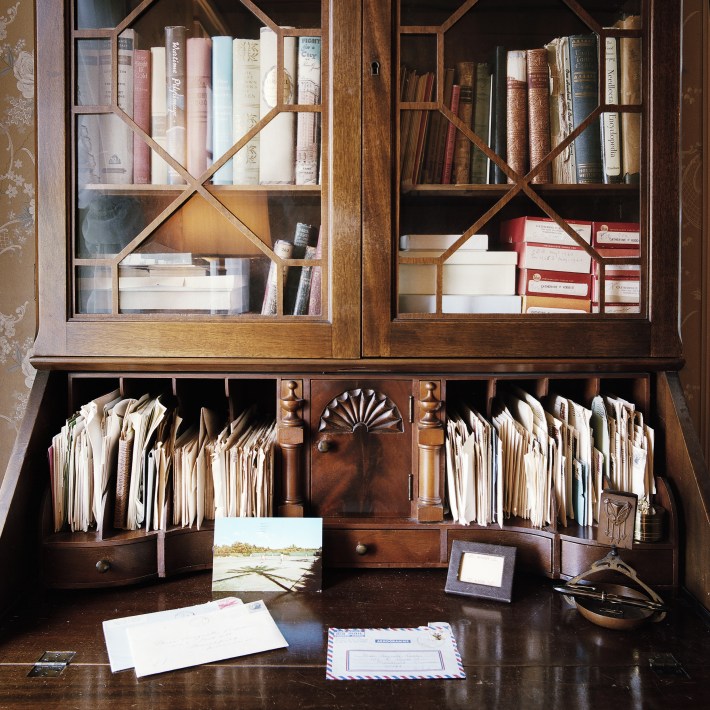
I thoroughly enjoyed working with Jeanine Head Miller, the curator of the exhibition at The Henry Ford, who did an outstanding job of bringing out the social context of the Roddis Collection. She also encourages the viewer to think about the role of clothing in our lives, and to contemplate why we all cherish and keep certain clothes. The exhibition is not to be missed.
The book was a collaborative project between myself and co-author Edward Maeder, whose groundbreaking research uncovered a treasure trove of information, especially about the nearly forgotten designers and fashion salons revealed through this collection. It is also not an exaggeration to say that some of the clothes were rescued thanks to Edward’s conservation skills, and, in two cases, his mastery at replication, which was needed after severe damage or loss.
Over the course of some three to four years, I undertook extensive research on the social and dress history relevant to the collection in order to understand the context in which the clothes were worn and what their style tells us about the wearers. My challenge, then, was to weave all of our research together into a narrative of one voice. Our book explores the social setting of these mostly ready-made, and occasionally homemade, clothes that belonged to men, women and children across several generations of the family. Quotes from letters and documents bring the person behind each garment to life. The book is a labor of love, forming a permanent record of the remarkable collection.
My master’s degree is in art history, and I studied decorative arts at Sotheby’s in London, but I have always been intrigued by the connection between fashion and society. This is an area that I first studied when I attended classes at the Victoria and Albert Museum as a college student. I spend my summers in Martha’s Vineyard, where I have set up a studio to house my family’s dress collection (the majority of which has now been donated to The Henry Ford) and I live the rest of the year in London.
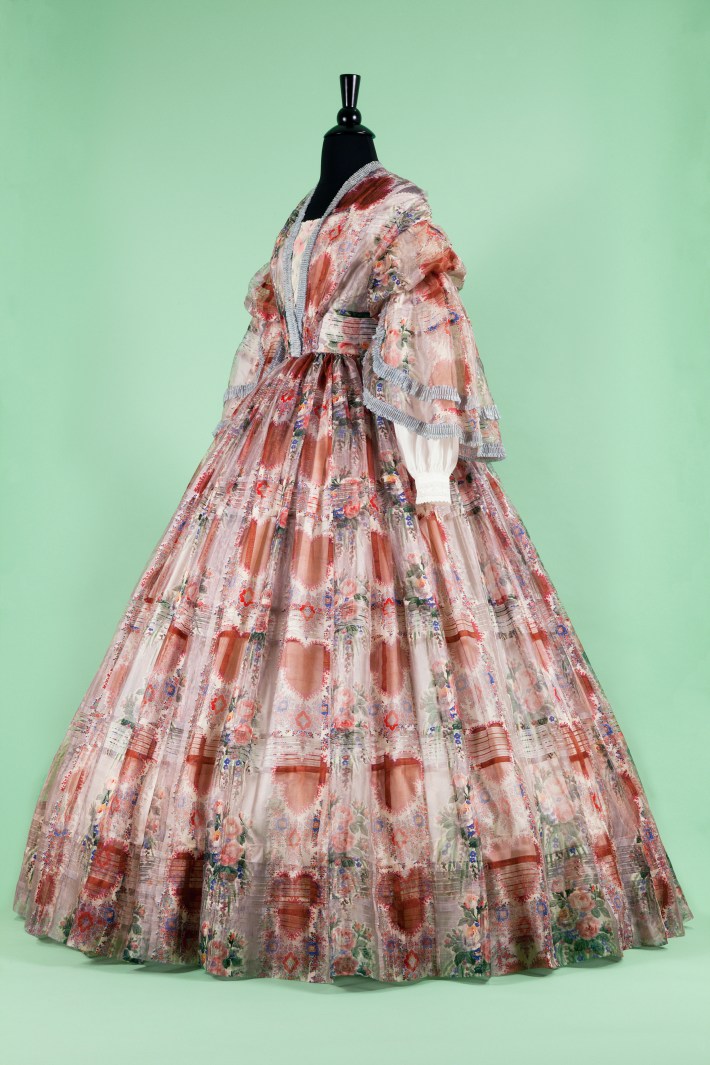
Why is the study of fashion history important to you? If we study styles of dress within the social structures in which they were worn, then we have a window through which to view the primary preoccupations of that society, bringing its history to life. Dress history encompasses art and design, economics, social history, and even psychology; the rich combination of all these fields makes the history of dress so very interesting. I find this multi-disciplinary approach far more fulfilling than discussing fashion purely as an art form, with little regard to its context.
One of the leaders of this approach is Professor Lou Taylor, who inspired me in the early days of my research. I often remind myself of the questions she advises students of dress history to ask about clothes: who wore them? Who made them? Where were they worn? Where did the style come from? How ‘in fashion’ are they? Where were they bought? Lou was also an all-important reader of American Style and Spirit: her comments made all the difference to the final version.
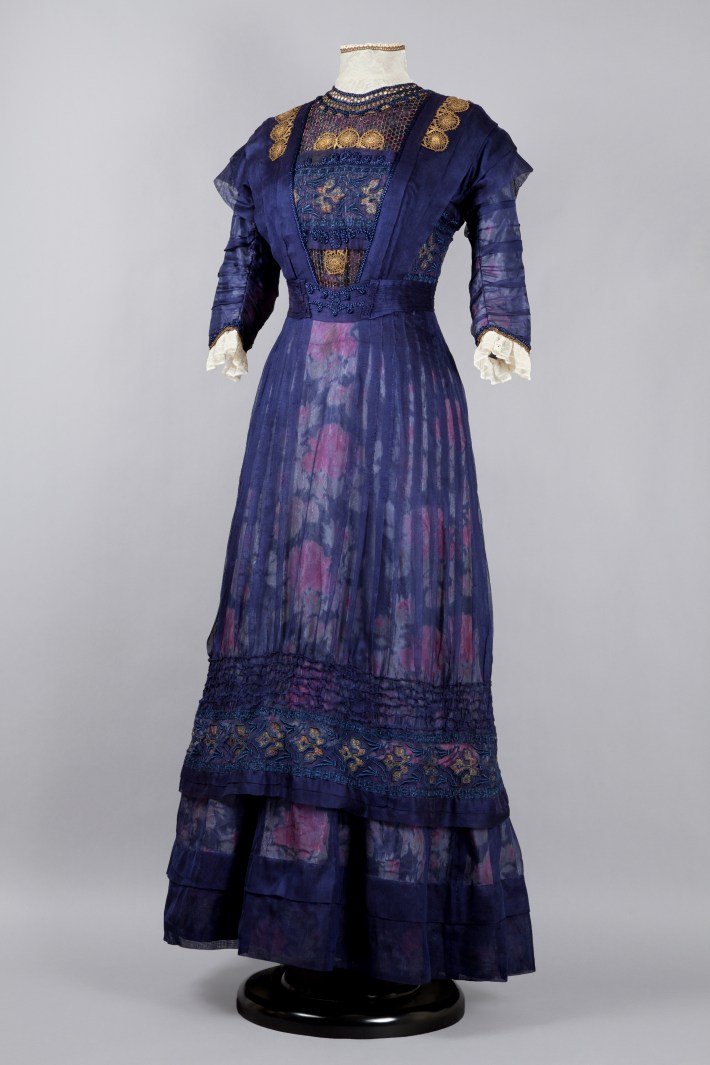
In your opinion, is fashion art? Fashion is primarily an expression of identity, both personal and social. It employs the tools of art, such as line, color, texture, and the evocation of styles from the past or other cultures. Art, in the truest sense, should have the capacity to enlarge our understanding and appreciation of the world and ourselves, and that is arguably beyond the power of fashion. Since fashion can be life-enhancing for the wearer and the observer, however, that brings it close to the realm of pure art, if not actually into it.
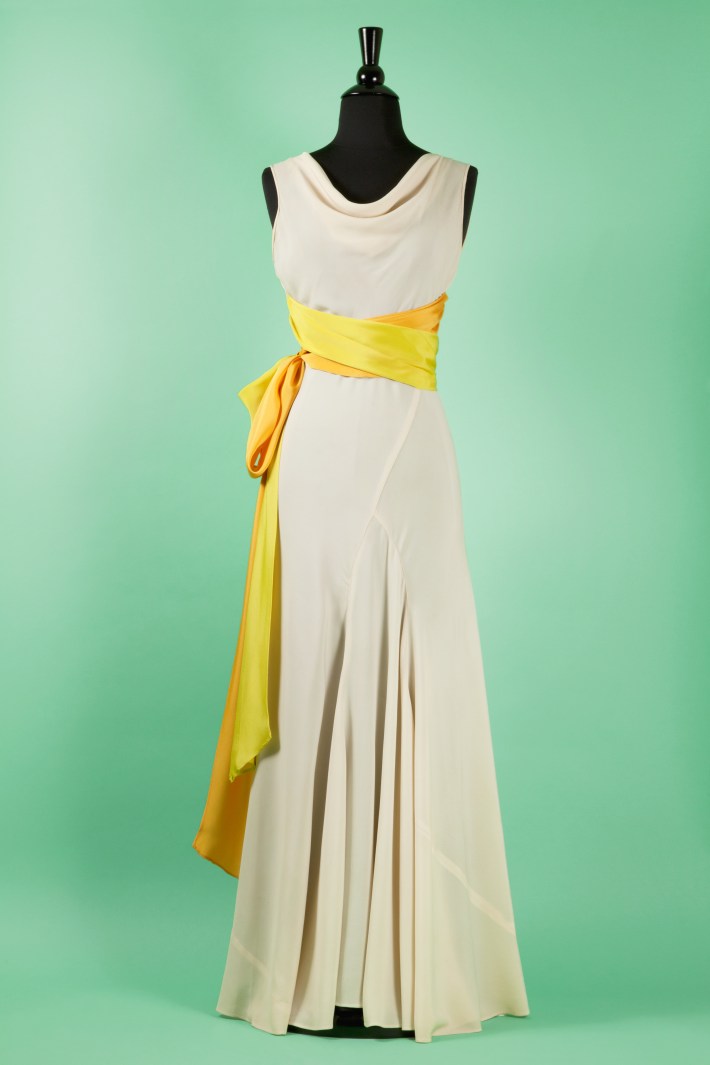
Favorite fashion designer, past and present: The expression “New Look” would be more appropriate if associated with the designs of Madeleine Vionnet rather than Christian Dior. Vionnet’s early designs were perhaps the most radically new in the history of women’s fashion in the twentieth century, and they look remarkably modern even today. Her skill in draping and using bias cut fabric was supreme.
I cannot choose one contemporary designer that I admire to the same extent that I respect Vionnet. I often lament what I see as a decline in the quality of fabric and workmanship. Still, I have recently admired particular dress designs by Vivienne Westwood, Ralph Lauren, and Sarah Burton for Alexander McQueen. Some of my favorite purchases since 2014 have been the lovely coats and jackets by Spanish designer Mercedes López de Carrizosa, creative director and founder of T.ba, based in Madrid.

If you could recommend one fashion or dress history related book to Art of Dress followers, what would it be? The reference book that I could not do without is The Berg Companion to Fashion, edited by Valerie Steele, published by Berg in 2010. The variety of its topics, the depth of its entries and, crucially, the bibliographies attached to each entry, make it indispensible for anyone interested in the field of dress history. In one fell swoop, it introduces readers to the key historical figures and movements, the key aspects of fashion theory, and many terms while pointing the way to further study.
More insight into Jane’s fascinating family history can be found at her website americanstyleandspirit.com, where you can also purchase her wonderful book!
Visiting Michigan between now and April 2nd? Be sure and check out this not to be missed exhibition! More information can be found here.
Full image captions:
- American Style and Spirit: Fashion and Lives of the Roddis Family, 1850–1995 by Jane Bradbury and Edward Maeder, published by V&A Publishing 2016 (ISBN 9781851778898, distributed in North American by Abrams).
- Formal portrait of Jane Bradbury’s Aunt, Augusta Roddis, by Broadway actress and Hollywood photographer Kay Carrington, 1937. Roddis Family Photo Collection. Copyright Jane Bradbury.
- Clockwise from top left: Catherine’s sample book (with fragment of beaded dress trimming, 1912); postcard from the Armour Institute, 1904; detail of Miriam Prindle’s letter, with shirtwaist sketches, 1905; shirtwaist drawn-thread-work collar, c. 1905; thimble; graduation photo of Catherine, 1906; set of needles; gingham embroidery sample by Catherine; portrait of the Prindle family women, 1902. Photo by Doug Mindell.
- Desk in Catherine Roddis’s bedroom, stuffed with letters. Photo by Gillian Bostock Ewing, 2011.
- Silk gauze dress with a floral multi-color printed pattern incorporating heart shapes, c.1856. This dress is believed to have been the (second) wedding dress of Jane Prindle Gammon, the ancestress and namesake of Jane Bradbury. From the Collections of The Henry Ford, THF 2104.24.54. Photo by Gillian Bostock Ewing. Copyright Jane Bradbury.
- Blue silk gauze evening dress with a chiné floral, silk taffeta under-dress, owned by Sara Roddis, c. 1908. Roddis Dress Collection 3, Collection of Sara Witter Connor.
- Cream rayon evening dress with yellow and tangerine drapes, 1932, worn by Jane’s aunt Augusta Roddis to her Junior Prom. Augusta wrote: “The evening dress I wore as Prom Queen cost $19.95, and I was very happy with it, and if there was anything better in the world, I didn’t know it.” The style of the dress is influenced by the Parisian designer Madeleine Vionnet. From the Collections of The Henry Ford, THF 2104.24.72. Photo by Gillian Bostock Ewing. Copyright Jane Bradbury.
- “Cocktail”, a silk taffeta evening dress designed by the newly prominent designer Gladys Parker, 1934. Miss Roddis wore this to many college dances. Since it is in poor condition, Edward Maeder made an exact copy for The Henry Ford’s current exhibition. From the Collections of The Henry Ford, THF 2104.24.36. Photo by Gillian Bostock Ewing. Copyright Jane Bradbury.
I’m currently writing a book on Gladys Parker and would love to have an email conversation with Jane Bradbury or Edward Maeder, to get any more possible information on the Parker dress in this collection. Thank you!
LikeLike
Random reader viewing this long after it was published – but loved the article! I wish more people would look at fashion through more of a critical lens to which questions of art can be applied!
LikeLike
Through your interviews and filling out the history behind the clothing and people who wore them, you are making fashion history come alive for me. More please.
LikeLike
Love…it Cassidy
YES I remember the RED Velvet dress
I have more to share about that infamous bathrobe…yes really
Love Maura
LikeLike